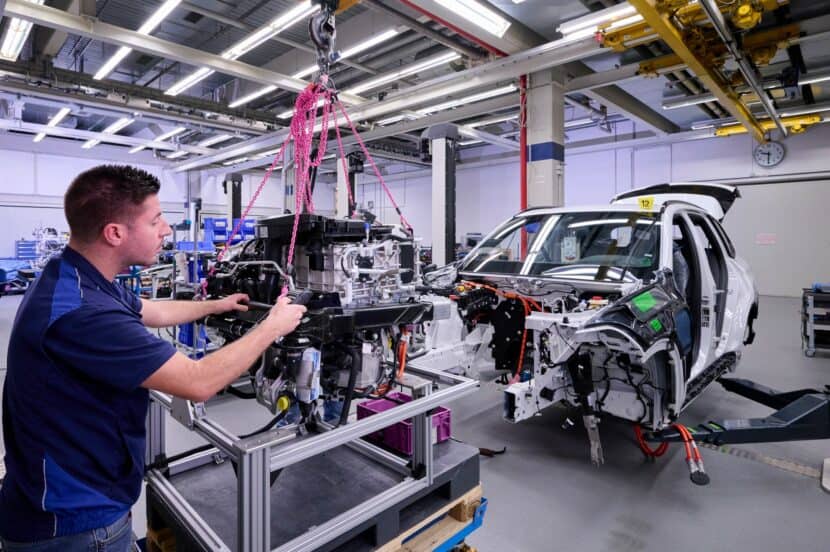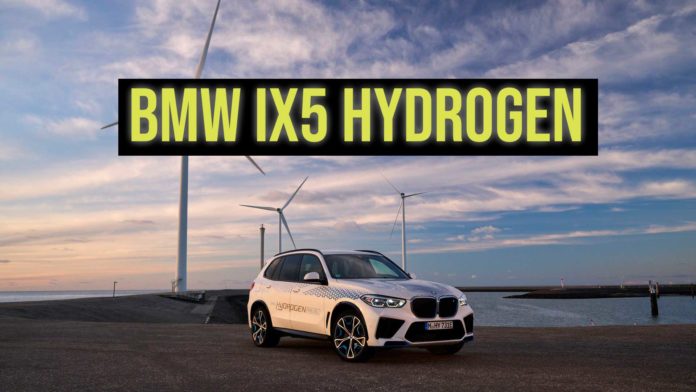BMWBLOG was fortunate enough to recently sit down with Dr. Juergen Guldner, Head of BMW Hydrogen Fuel Cell Technology, at the BMW iX5 Hydrogen workshop in Antwerp. He gave us a closer look at how the iX5 Hydrogen powertrain works. For those wondering about how a fuel cell hydrogen vehicle works, wonder no longer. Dr. Guldner starts by explaining that hydrogen vehicles offer all the same benefits as electric vehicles. You’ll find the same rapid acceleration and silent driving – the only difference is how the energy is stored. Next, he directs our attention to the two carbon fiber-walled hydrogen tanks, normally located in the middle of the vehicle. Together, they hold about six kilograms (13.2 pounds) of hydrogen, providing around 500 kilometers (300 miles) of range.
Technical Specs of the iX5 Hydrogen Powertrain

In the fuel cell, the hydrogen is converted to electricity, with water as a byproduct (or “exhaust”). How, you ask? An intake and compressor feed oxygen into the fuel cell housing. The fuel cells inside use a catalyst layer to split hydrogen into protons and electrons. Hence, electricity. After powering the vehicle, the electron returns, now in a different section, joining up with an oxygen atom and producing the only byproduct of this process: water. Then, it exits through the exhaust pipe. But, there is technically another byproduct of the process: heat. Juergen says that the iX5 can use this heat in the winter to prevent loss of range. It’s similar to how preconditioning works in a fully electric vehicle.
Reduce, Reuse, Recycle
A noteworthy takeaway from Dr. Guldner’s excellent walkthrough is how simple the components are. The electric motor is the same electric motor on the iX. While the hydrogen cells are complex, the process itself is familiar. “The air goes in through the intake manifold and, as you can see, all those components are very similar to combustion engine components. The traditional supply industry is really hot on these components because they know what to do with them,” he says. Lastly, while he doesn’t state it, I’d also wager a bet that the DC/DC converter used is derivative of the one showcased in the now-ubiquitous 48-volt hybrid system, but who knows?
If you want to learn more about the iX5 Hydrogen powertrain, the video below is ten minutes well spent. And please don’t forget to subscribe to our channel!

